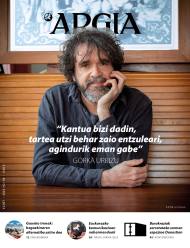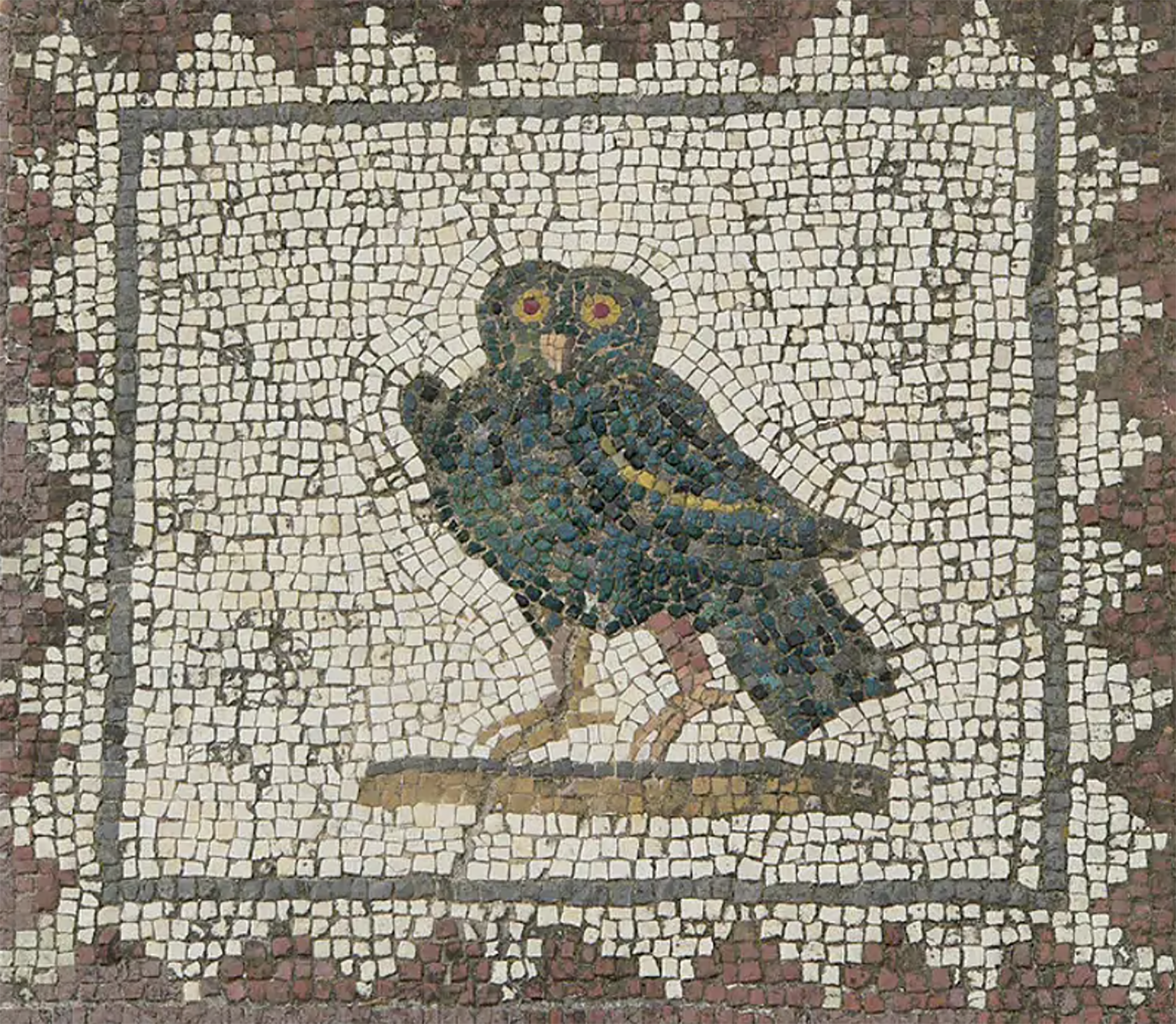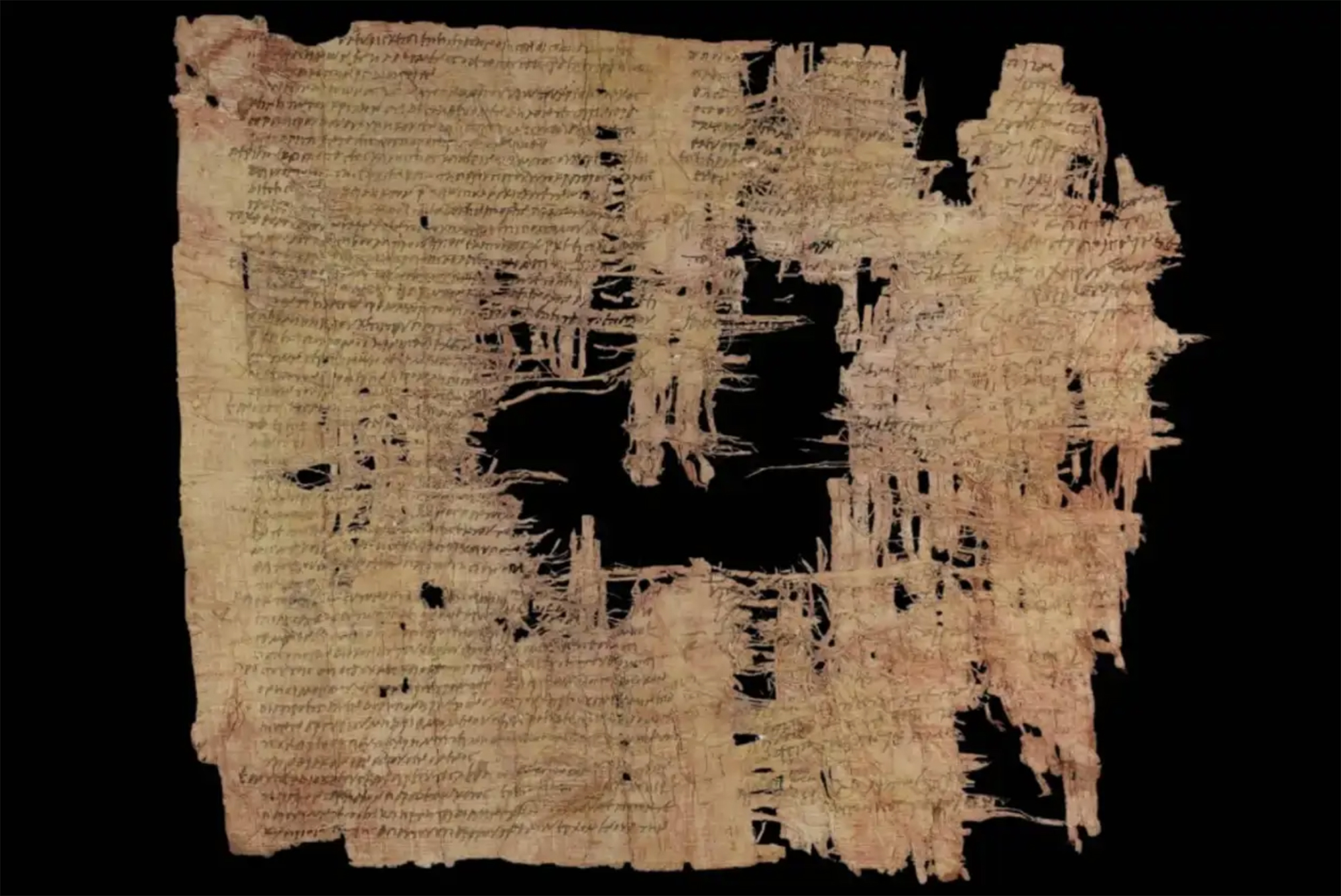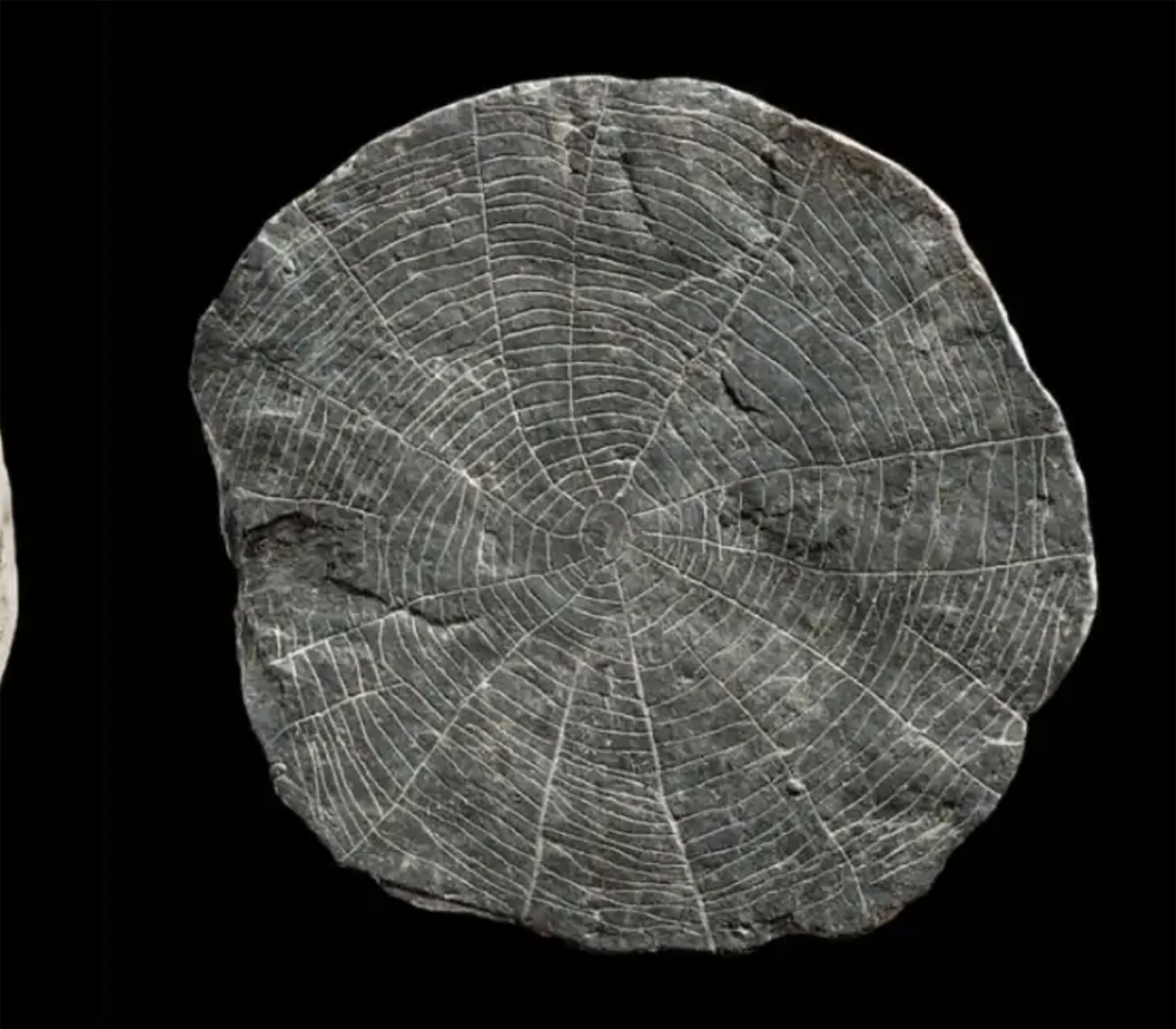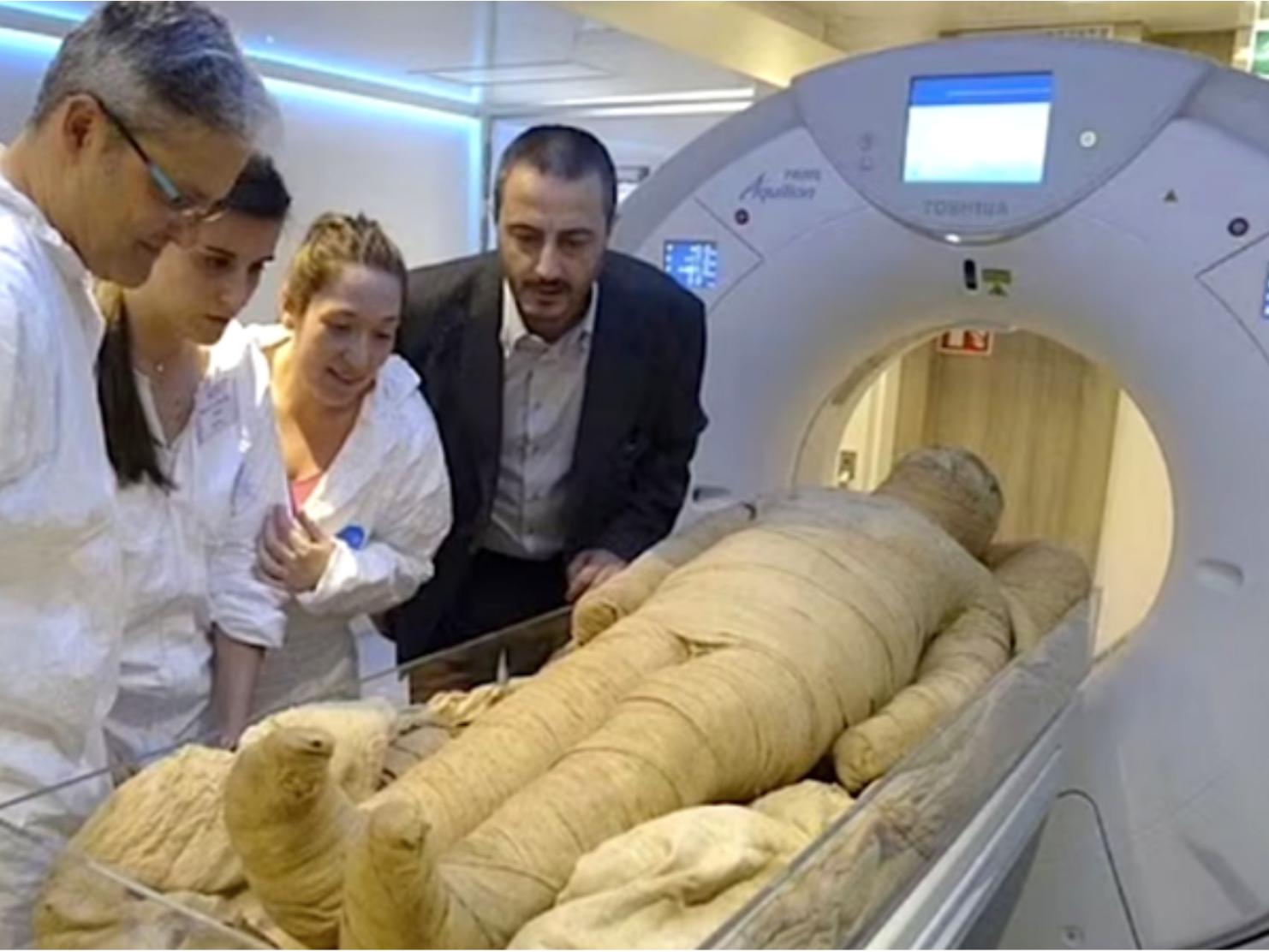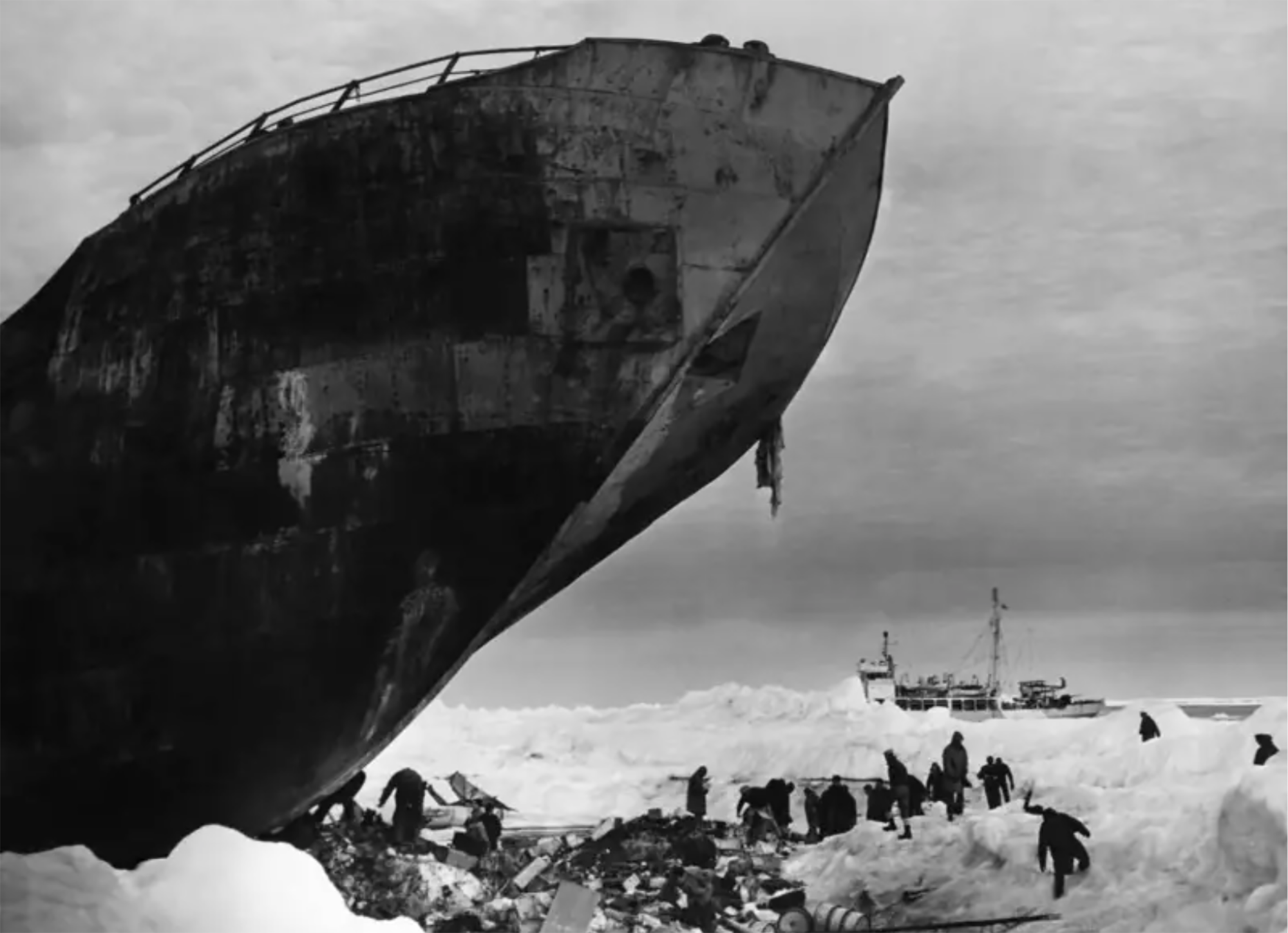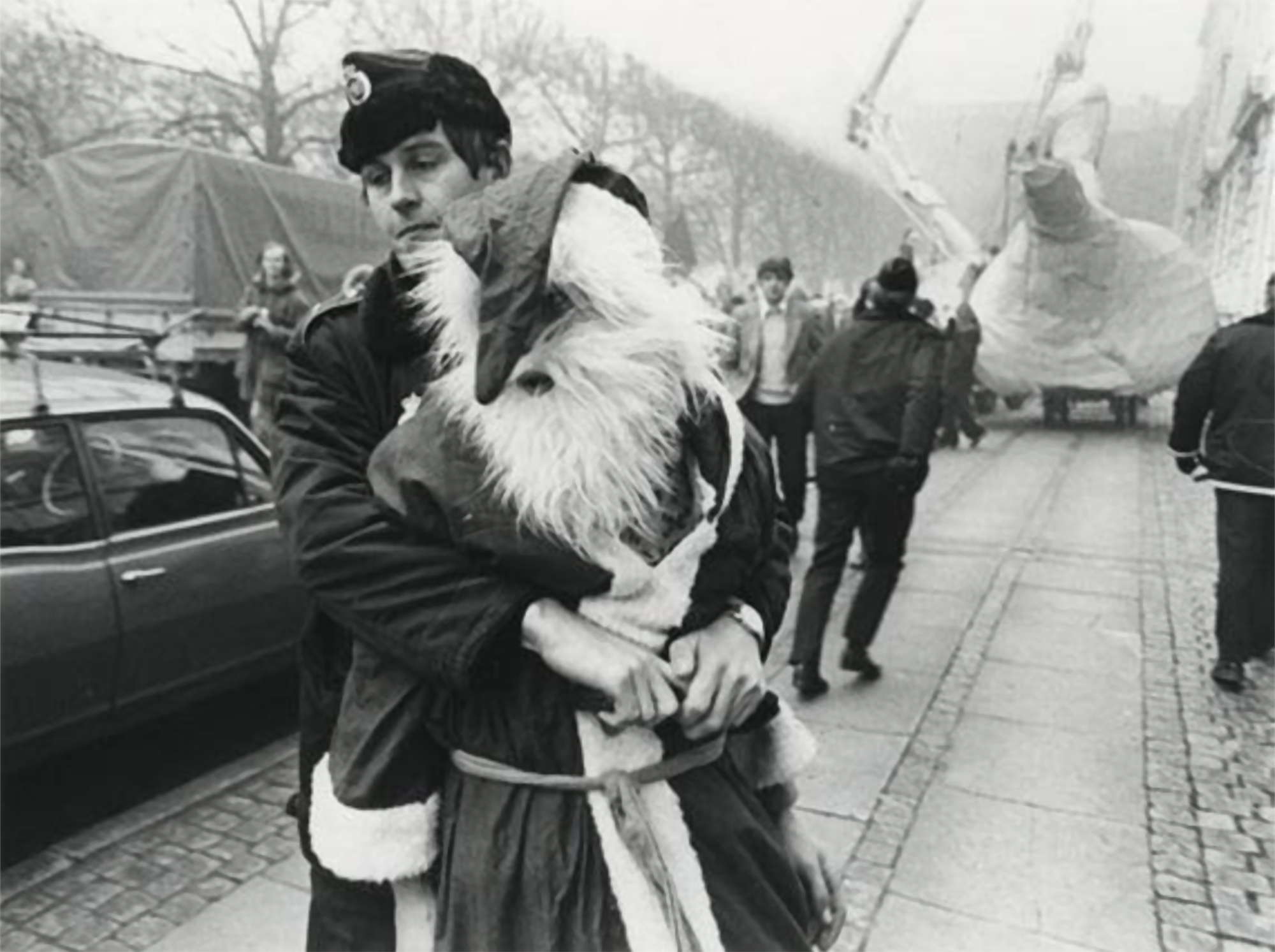Tefia, space to punish homosexuals
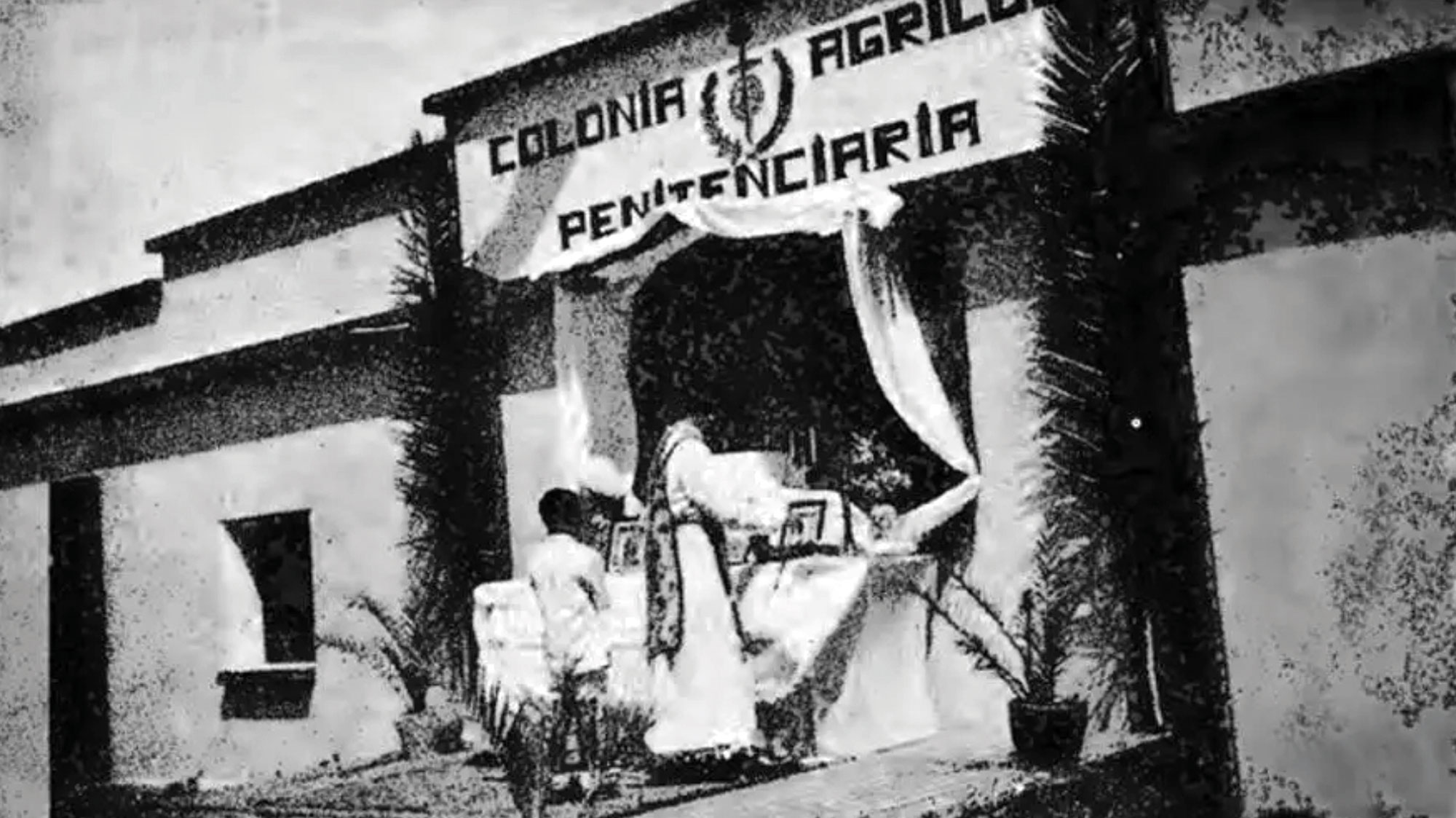
Fuerteventura (Canary Islands), 11 February 1954. The Agricultural Colony of Tefia was launched at the abandoned airport of the island, in the middle of the desert. After the euphemism of the agricultural colony, in practice, Tefia was a concentration camp known mainly for the repression of members of the LGBTI community. But when they opened the space 60 years ago, there were no homosexual prisoners or, at least, convicted of that cause.
The Tefia area was used from the outset to “correct” those convicted of violating the Alfer and Criminals Act. The law dates from 1933, II. Republican, and he didn't consider homosexuality a crime. But a few months after the Tefia area opened its doors in July 1954, the Franco government decided to amend the law by adding “homosexuals” to the list of criminals.
Little documentation and concrete data on Tefia. It was in operation for twelve years and was closed in 1966 for lack of prisoners. In total, there were between 250 and 300 prisoners, of whom about 80-100 were charged with homosexuality; they were young people between 18 and 23 years old, all men.
The director of the early years was a former carmelite of Vitoria, called Prudencio de la Fuente or Prudencio de la Casa, which could have two positions of the same name.
The director of the early years was a former carmelite of Vitoria, called Prudencio de la Fuente or Prudencio de la Casa, which could have two positions of the same name.
But the testimony of imprisoned prisoners, Tefian, is what we know most about what has happened there. Juan Curbelo and Octavio García talked about what he lived there, both condemned for homosexuality. In this Agrarian Colony they learned little from agriculture; for long hours they were forced to bite the stone, they were beaten at any time, the food was very scarce and, to alleviate extreme hunger, in exchange for food, they came to prostitute themselves with the officials.
They had to serve the sentences of one to three years, but the penalty didn't end there: they were leaving prison, they were forbidden to return to town another year, and then they had to go to the police station every month to sign the control documents for five years.
And although the Tefia concentration camp was closed in 1966, homosexuality would not quickly decriminalize itself. The Law on Vagos and Criminals was suspended in 1970, but was replaced by the Law on Risks and Social Rehabilitation, which continued to punish homosexuality. In the end, 4 years after Franco's death, in 1979 homosexuality ceased to be a crime in the Spanish state.
Luxorren, Erregeen Haranetik gertu, hilobi garrantzitsu baten sarrera eta pasabide nagusia aurkitu zituzten 2022an. Orain, alabastrozko objektu batean Tutmosis II.aren kartutxoa topatu dute (irudian). Horrek esan nahi du hilobi hori XVIII. dinastiako faraoiarena... [+]
AEB, 1900eko azaroaren 6a. William McKinley (1843-1901) bigarrenez aukeratu zuten AEBetako presidente. Berriki, Donald Trump ere bigarrenez presidente aukeratu ondoren, McKinleyrekiko miresmen garbia agertu du.
Horregatik, AEBetako mendirik altuenari ofizialki berriro... [+]
Urruña, 1750eko martxoaren 1a. Herriko hainbat emakumek kaleak hartu zituzten Frantziako Gobernuak ezarritako tabakoaren gaineko zergaren aurka protesta egiteko. Gobernuak matxinada itzaltzeko armada bidaltzea erabaki zuen, zehazki, Arloneko destakamentu bat. Militarrek... [+]
In the Maszycka cave in Poland, remains of 18,000 years ago were found at the end of the 19th century. But recently, human bones have been studied using new technologies and found clear signs of cannibalism.
This is not the first time that a study has reached this conclusion,... [+]
Porzheim, Germany, February 23, 1945. About eight o’clock in the evening, Allied planes began bombing the city with incendiary bombs. The attack caused a terrible massacre in a short time. But what happened in Pforzheim was overshadowed by the Allied bombing of Dresden a few... [+]
Poloniar ikerlari talde batek Sevillako Italica aztarnategiko Txorien Etxea aztertu du, eta eraikinaren zoruko mosaikoak erromatar garaiko hegazti-bilduma xeheena dela ondorioztatu du.
Txorien etxean 33 hegazti daude mosaikoetan xehetasun handiz irudikatuta. Beste... [+]
Judea, 2nd century AD. In the turbulent atmosphere of the Roman province, a trial was held against Gaddaliah and Saul, accused of fraud and tax evasion. The trial was reported on a 133-line paper in Greek (pictured). Thinking that it was a Nabataean document, the papyrus was... [+]
Vietnam, February 7, 1965. The U.S. Air Force first used napalma against the civilian population. It was not the first time that gelatinous gasoline was used. It began to be launched with bombs during World War II and, in Vietnam itself, it was used during the Indochina War in... [+]
Archaeologists have discovered more than 600 engraved stones at the Vasagård site in Denmark. According to the results of the data, dating back to 4,900 years ago, it is also known that a violent eruption of a volcano occurred in Alaska at that time. The effects of this... [+]
Japan, 8th century. In the middle of the Nara Era they began to use the term furoshiki, but until the Edo Era (XVII-XIX. the 20th century) did not spread. Furoshiki is the art of collecting objects in ovens, but its etymology makes its origin clear: furo means bath and shiki... [+]
In an Egyptian mummy of 3,300 years ago, traces of Yersinia pestis, the bacterium that caused the Justinian plague in the 6th century and the Black Plague in the 14th century, have just been found.
Experts until now believed that at that time the plague had spread only in... [+]
Greenland, the end of the 10th century. The first Scandinavian explorers and settlers arrived on the island. But by the 15th century these settlements had been abandoned and the original Inuit remained. But in 1721, the missionary Hans Egede organized an expedition and the... [+]
In 2017, Indonesia and the Netherlands signed an agreement to return the heritage stolen by the European country because of colonialism for three centuries. The Indonesian responsible for the return process, Gusti Agung Wesaka Puja, explained that this agreement "was important in... [+]
Greece 1975. The country began the year as a republic, three weeks earlier, in the referendum on 8 December 1974, after the citizens decided on the end of the monarchy.
A decade earlier, in 1964, when King Paul I died, his son Constantine took the throne at the age of 23.
But... [+]
Copenhagen, 18 December 1974 At 12 noon a ferry arrived at the port, from where a group of about 100 Santa Claus landed. They brought a gigantic geese with them. The idea was to make a kind of “Trojan Goose” and, upon reaching the city, to pull the white beard costumes... [+]









